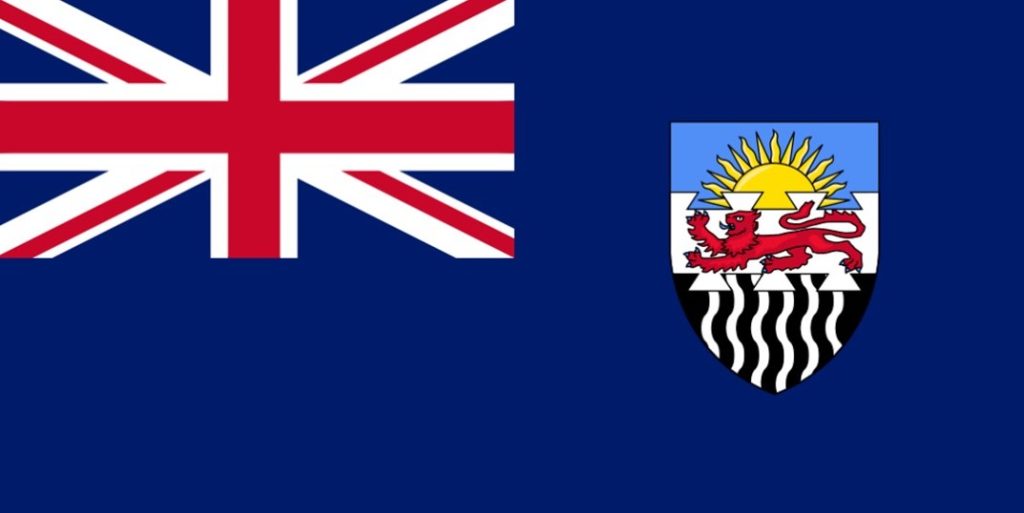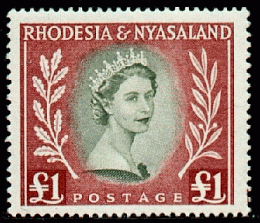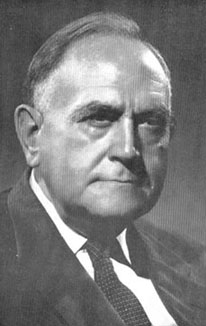This Week in History recalls memorable and decisive events and personalities of the past.
31st December 1963 – The Central African Federation officially collapses, subsequently becoming Zambia, Malawi and Rhodesia.

In the waning years of the British Empire, the British government sought to reform some of their colonies and protectorates in Africa by uniting them into a federation. A study in 1951 found that the colony of Southern Rhodesia and the protectorates of Northern Rhodesia and Nyasaland were already closely linked economically and that if they were formed into a federation they would benefit economically, and have more options for self-governance.

In 1953, a conference approved the decision to federate the three territories, and proposed a referendum in the only self-governing colony, Southern Rhodesia, in which whites were almost alone in having the vote (only around 70 black Africans out of 25 000 voters had voting rights in Southern Rhodesia).
Afrikaners and black Africans were not particularly enthusiastic about the proposal, but English-speaking whites voted strongly in favour of the federation, which was duly approved.
A structure was set up with competing branches representing each of the constituent parts, which often competed and clashed. The federation did also see the introduction of more liberal policies towards black African residents of the federation. More and more Africans qualified for the vote in the federation and black Africans now filled positions in the government of the federation.

The federation was strongly opposed by black African nationalists, who wanted to abolish the qualified franchise and establish ‘majority rule’, and by white supremacists, who resented the greater control and political power of black people in the federation.
By 1960, the federation’s white prime minister, Sir Roy Welensky, was facing growing opposition from nationalists and white supremacists.
Reportedly, Ian Smith’s Rhodesian Front supporters heckled Welensky as a ‘bloody Jew’, ‘Communist’, ‘traitor’ and ‘coward’.
Soon after, reform to the federation’s constitution was planned, and it was decided behind closed doors that Nyasaland should be allowed to secede and become independent.
In 1961 a new constitution gave the federation more independence from Britain.
A final conference was held in 1963 to try and resolve the problems of the federation. It ultimately decided to let Northern Rhodesia secede, along with Nyasaland. On 31 December 1963 the Central African Federation was dissolved, and its assets split among its three constituent parts. Within a year Northern Rhodesia would become independent Zambia, Nyasaland would become independent Malawi, and in 1965 Southern Rhodesia would declare independence as the ‘Republic of Rhodesia’ in an attempt to preserve white rule over the colony.
If you like what you have just read, support the Daily Friend

